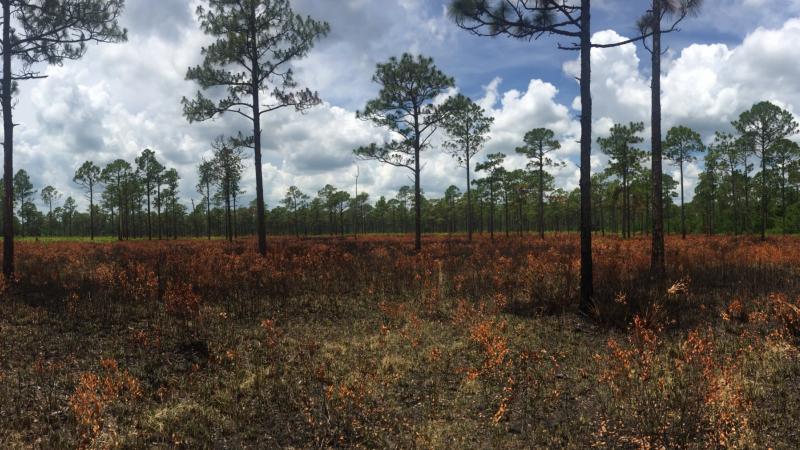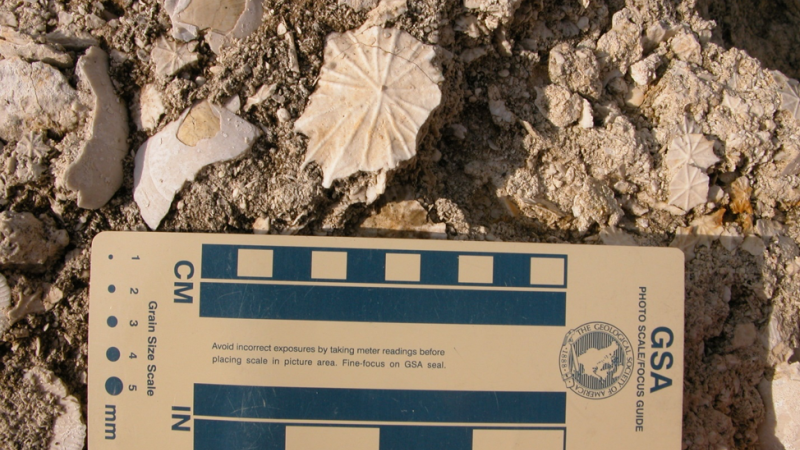Hooded Pitcher Plant and Fire on the Prairie
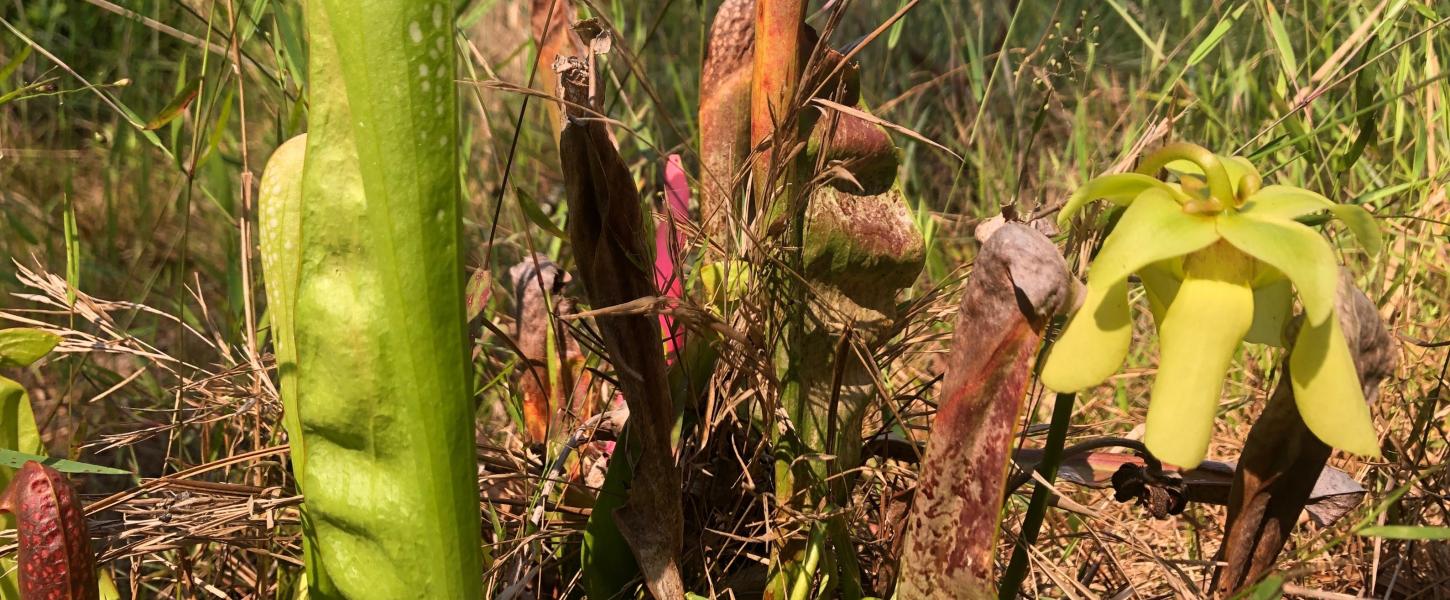
The hooded pitcher plant (Sarracenia minor) is widespread in North and Central Florida but still rare (Listed State-Threatened) due to its narrow habitat requirements. This carnivorous, wet flatwoods plant needs fire to thrive and reproduce. Fire helps prepare the soil for the seeds to germinate. At Paynes Prairie Preserve State Park, it has only been known to exist in one area of the park.
Each pitcher leaf is shaped like a tube and ends in a curved hood. When an insect enters the tube, it is trapped. The hairs on the inside of the hood point downward, preventing escape. The insect eventually dies, and the hooded pitcher plant digests the soft parts as it decomposes.
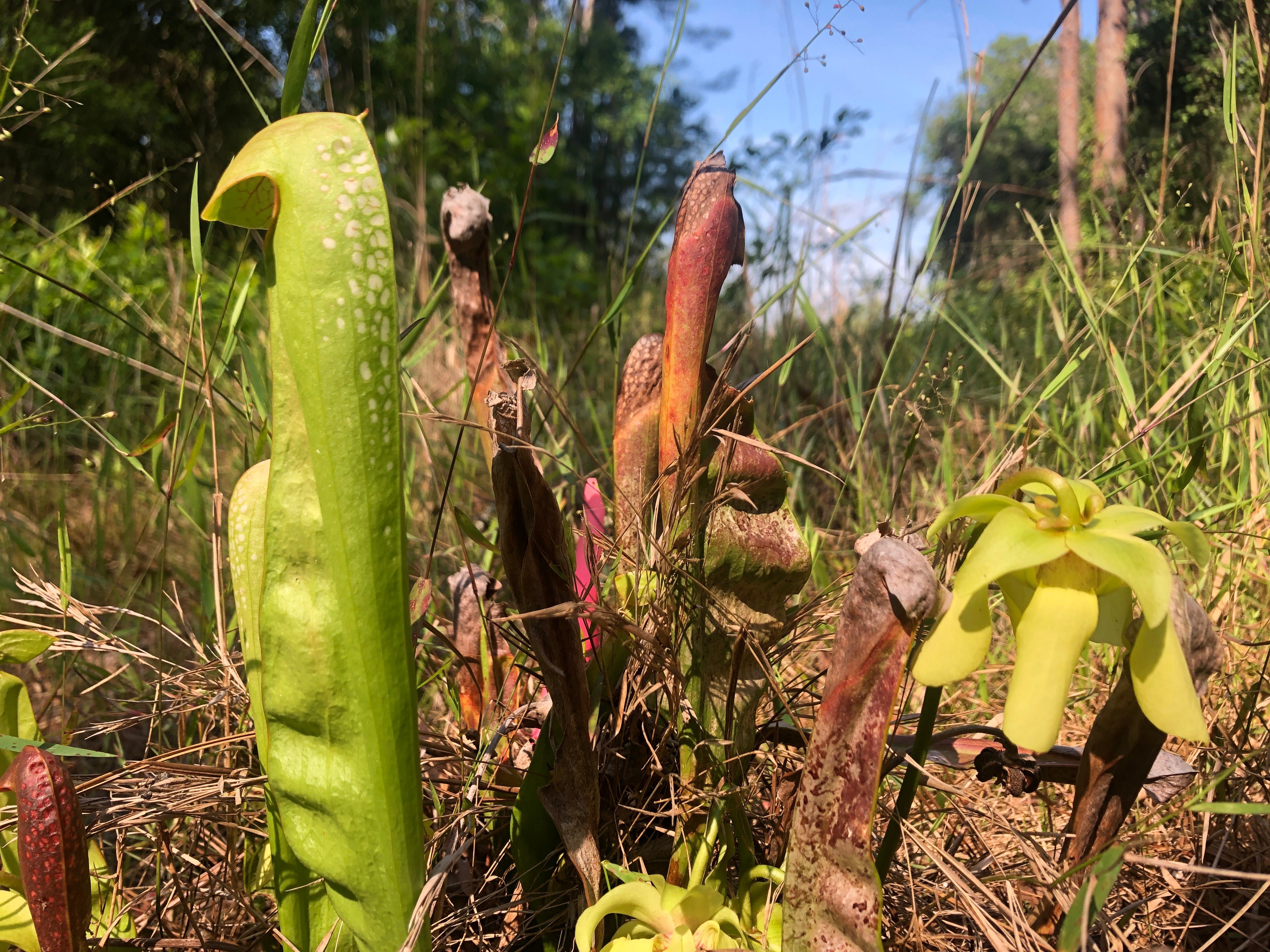
The area where the pitcher plants have been found in the park is less than 15 acres of wet flatwoods. It has only been burned three times in 30 years because of its proximity to nearby roads, access problems due to heavy rain and smoke concerns for motorists. As a result, only six to seven hooded pitcher plants remained on the open edge of the zone near the fire line.
Park staff, aided by the district PINE team (dedicated fire managers who work regionally with state park staff), decided to return fire to this zone in April 2019 after a six-year absence.
All 15 acres were burned with a target of reducing as much partly decayed organic matter (duff) on the forest floor as possible. The seven-hour burn was followed by eight hours of difficult work to ensure that the fire was extinguished. Adding to the challenge, every vehicle used on the fire was stuck in the duff at least one time. Though difficult, an overgrown shrub layer was reduced and inches of decay were burned off.
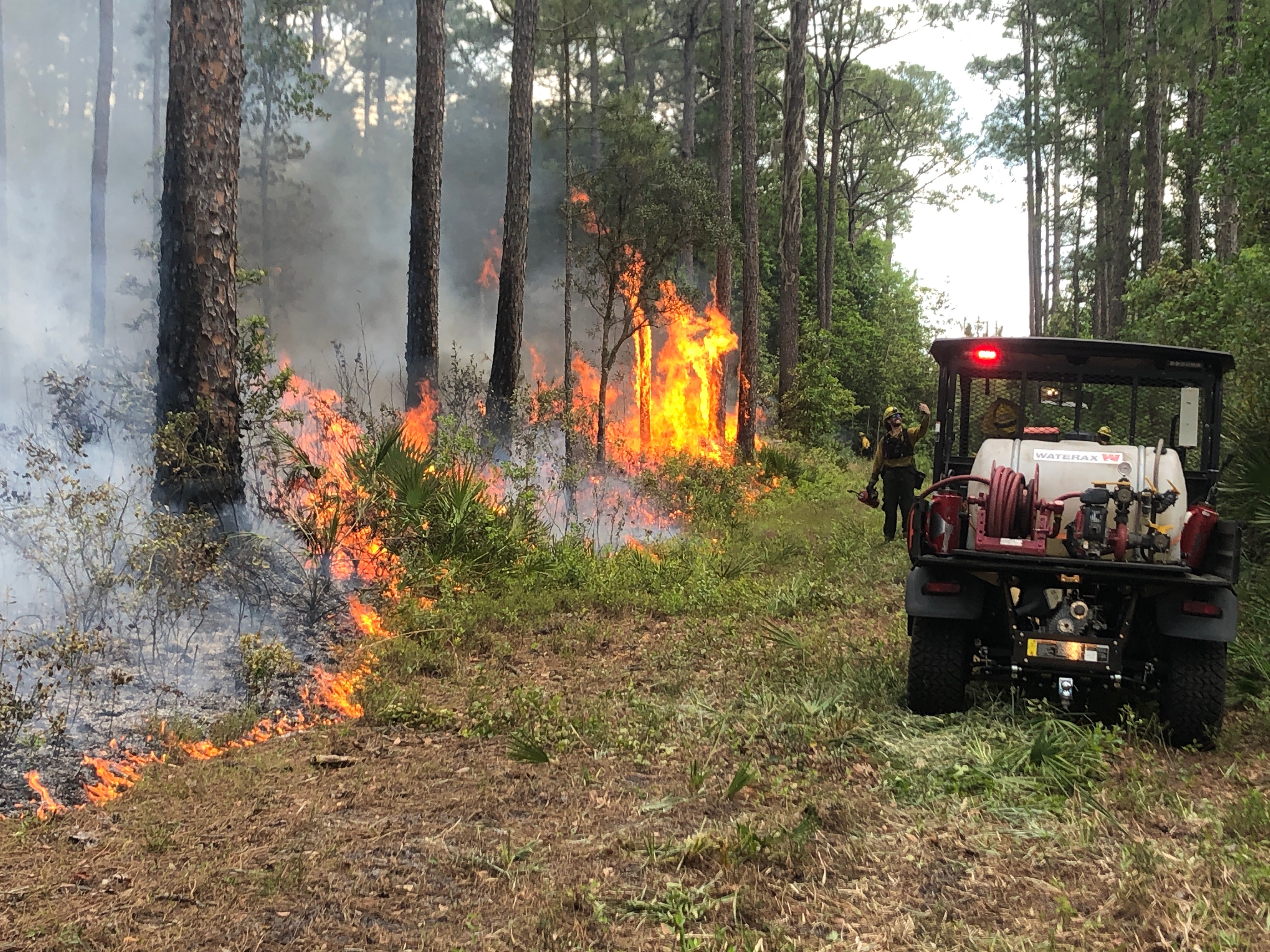
The zone will be resurveyed for hooded pitcher plants this fall and then the following spring, with hopes of an expanded population of hooded pitcher plants at Paynes Prairie Preserve State Park.
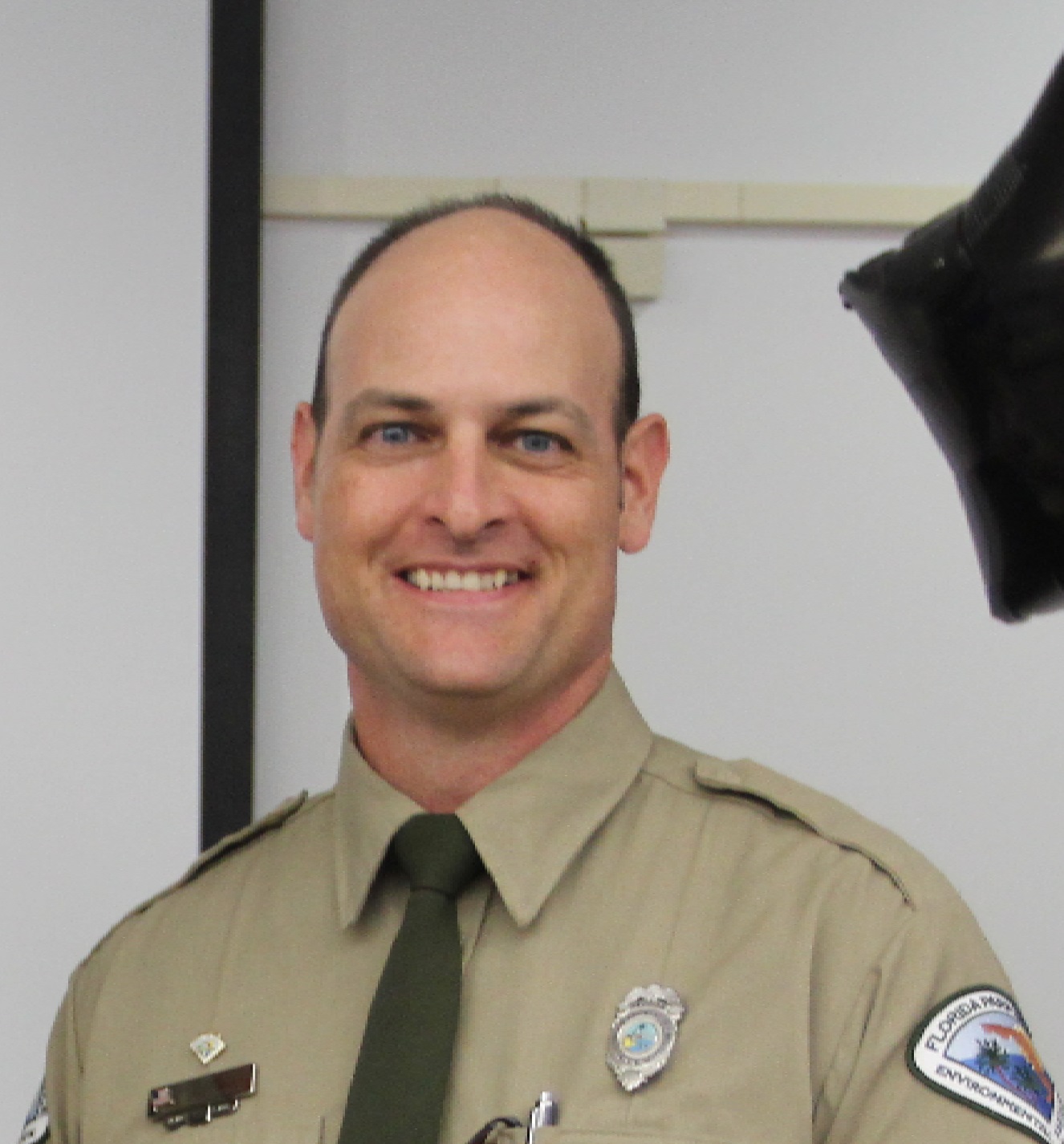
About the Author
Keith Morin moved from Massachusetts to Florida in 1993. He worked National Service positions (Student Conservation Association) in Georgia, Maryland and Virginia in 1995 - 1998 after completing his Bachelor of Science degree in Environmental Science at Jacksonville University. Following this, he was part of the Avon Park Air Force Range Wildlife Section as a wildlife technician.
In 2005, Keith completed his Master of Science degree in Wildlife Conservation at the University of Florida. He was hired at Crystal River Preserve State Park as the Park Biologist.
Over the next 13 years, he completed many resource management projects to improve the ecology and expand the scope of the resource management programs at the park.
In 2015, Florida’s governor and cabinet honored him with the prestigious Resource Manager of the Year award.
Keith has been the Environmental Specialist at Paynes Prairie Preserve State Park near Gainesville since March 2018.
About The Biologists Tell the Story Series
In this series, we will learn a little more about our biologists, as they share stories of their work in Florida’s state parks. The leadership and scientific research our biologists provide is essential for our legacy of conservation and land management. This series is an opportunity to connect these projects to the places where we ensure the health and sustainability of Florida State Parks.
